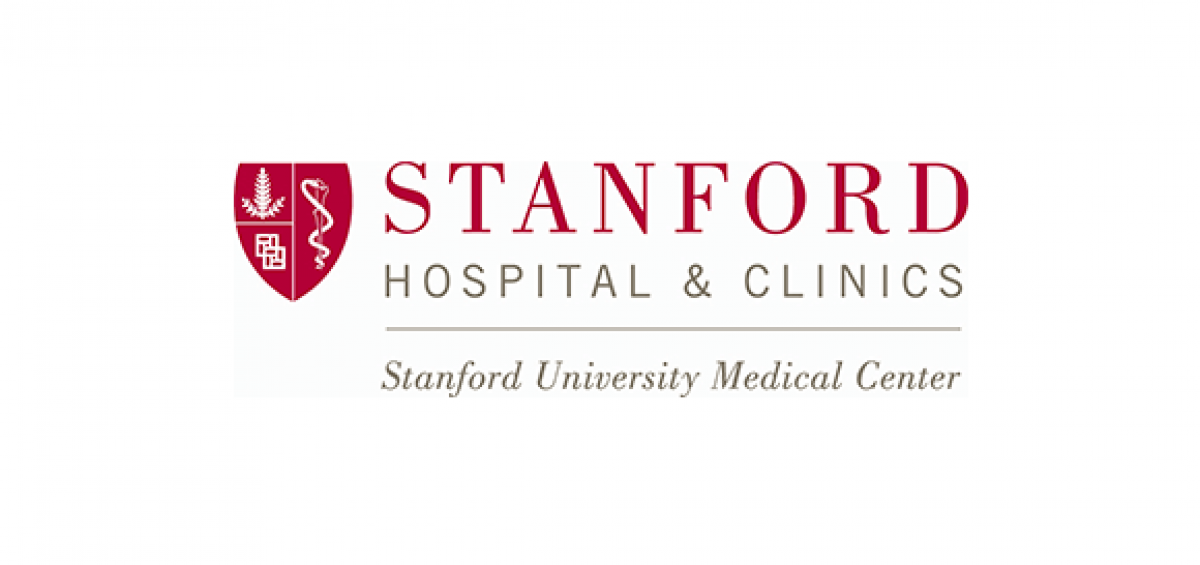Home > Success Stories > Stanford University Hospital & Clinics
Stanford need a system that could go beyond handling work hours and evaluations to seamlessly integrate resident training, program accreditation, billing and more.
The Challenge
Stanford GME and Stanford Hospital Finance wanted an enterprise system with extremely robust accounting functionality and linear workflow that would ensure high data quality as rotation schedules moved from program, to GME to Finance to auditor. In order for MedHub to be accepted by each residency program, we had to prove the system was equally robust in handling the complexities of resident training and training program accreditation. This was one client that evaluated seriously every function of MedHub from procedures, evaluations and conferences to rotation and shift/call schedules, IRIS management reports, contracting and billing.
It was essential for Stanford Hospital and Clinics to have an effective means to properly document resident and fellow activity for two cost reports and seven (7) billed affiliates representing over $70 million in Medicare reimbursement. The problem was, there were 77 residency and fellowship programs documenting this activity 77 different ways. Add to this visiting residents, off site rotations, research rotations and residents released to other programs to perform rotations and the burden on GME and Hospital Finance was immense.
In 2004, MedHub was invited to demonstrate its system as one of three finalists in a competitive RFP process. As the last to demonstrate, MedHub was, at the time, the newest system and had only two clients. The Stanford hospital finance group and GME identified MedHub as the most comprehensive solution available to handle the essential documentation requirements of an extremely complex enterprise. The challenge was that there were residency and fellowship programs already using the competitors systems that had been part of the SHC RFP process.
Stanford University Hospital & Clinics Statistics
-
- 2 Cost Reports
-
8 Billed Affiliates Plus Veterans Administration
-
79 Residency and Fellowship Programs
-
150+ Program Coordinators, GME and Finance Users
- 1,000 Residents and Fellows
In order to achieve buy-in at the institutional level, MedHub had to effectively demonstrate its system to most of the 77 residency and fellowship programs at Stanford. It was incumbent upon MedHub to prove its competency modules (procedures, evaluations, conferences, communications, workflow) were not only as robust as its finance and GME functionality, but equal or better than the systems some of these programs were already using. MedHub also developed institution specific system enhancements for Stanford that included added functionality around:
-
-
- Resident contracting – system logic and dynamically generated PDF resident contracts
- Additional IRIS management reports
- Billing rate table enhancements
- IT Access to Grant/Rescind User Access
-
The Solution
MedHub worked with Stanford Hospital and Clinics technology solution partner Perot Systems, Inc., Plano, Texas to create a workable “fast track” project plan that deployed MedHub across all residency and fellowship programs in less than five months. During that period, Perot Systems evaluated MedHub using their internal ASP model validation process. This process included development and review of:
-
-
-
Implementation/Project Plan Gantt
-
Intrusion Detection
-
ASP Validation Review
-
Data Center Review
-
Communications Plan
-
Technology Review
-
Scale Testing
-
Release Strategy
-
Escalation Policy Review
-
Disaster Recovery Plan
-
Help Desk Decision Tree
-
Support Ticket Process Review
-
-
The Result
Following agreement on the project plan and conversion of legacy demographics, MedHub was deployed across over 70 residency and fellowship programs in just 5 months. In the last two years four cost reports have been generated from MedHub. Workflow has brought structure to an ad hoc process. Higher data visibility has led to improved data quality. Residents have enhanced access to information and faculty and administrators have better oversight of routine training program functions with workflow driving users to address and complete tasks in a timely manner.MedHub has become a successful non-punitive workflow approach to managing the daily tasks of multiple stakeholder groups. As of 10/07, some of the successes include:
-
- Over 250,000 system logins (average of 400 per day)
- No production system interruptions
- Over 90% of residents and fellows regularly document their own work hours
- Over 1,000,000 evaluation questions asked and answered
- Attendance recorded for over 15,000 conferences
- Over 135,000 procedures logged
- Over 250,000 logins

Stanford University Hospital & Clinics Statistics
- 2 Cost Reports
-
8 Billed Affiliates Plus Veterans Administration
-
79 Residency and Fellowship Programs
-
150+ Program Coordinators, GME and Finance Users
- 1,000 Residents and Fellows
- 1,865+ Faculty and Staff
- $60 Million in Reimbursable Revenue